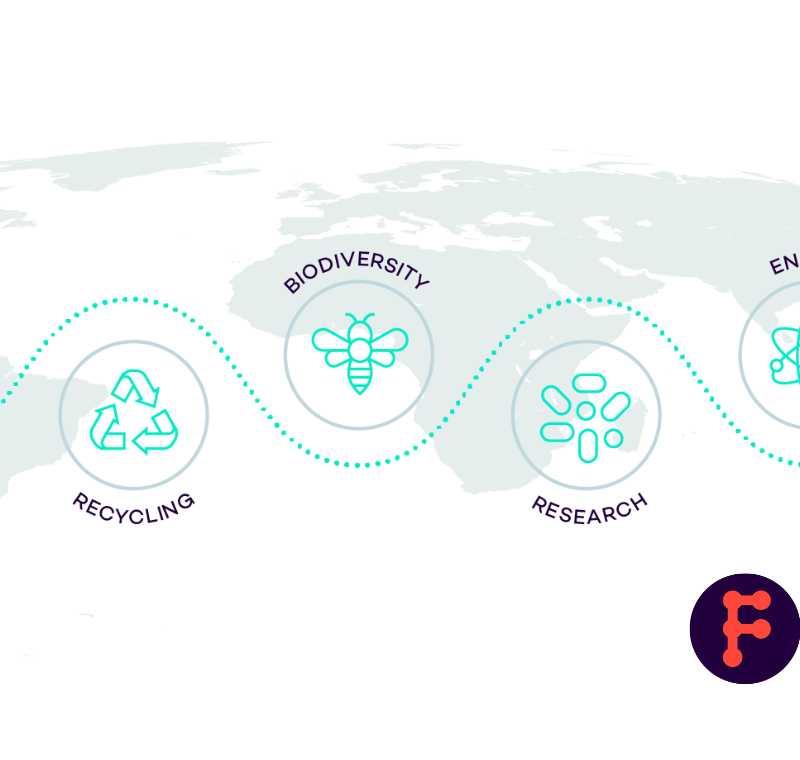From proxies to people: Why third-party data isn’t enough
But this enticing fairytale is being shared profusely amongst both marketers and publishers, propagating the notion that many industry players have what they call “people-based marketing” figured out. At the core of this misconception is a simple myth: that third-party data is comprehensive and representative of real people.
Multiple channels, multiple complications
Media consumption behaviour has changed. Today, 25 per cent of people switch between three or more devices daily. The ability to deliver relevant, targeted ads to them across those touch points just got three or more times harder (Source: GFK). Another wrench tossed into the works? A sizable 40 per cent of people begin browsing on one device only to finish their transaction on another, making purchase attribution and campaign performance a nightmare to measure (Source: GFK).
In light of this, evaluating a publisher has become more than determining the quality of the inventory. Advertisers now want to know what data sources their partners have access to, and it’s the quality of that data and the ability to connect the dots across all inventory and make the right ad decision that affects their final judgment. Because of this, publishers now face the challenge of piecing their inventory together, applying data from third parties where they can, and matching it as best they can to their advertisers’ targeting needs at a very high cost.
If you give a user a cookie…
But this “accuracy” is only a mirage. It’s easy for data companies to patch together what they call a “man,” “woman,” or some other desired segment based on nothing more than inferred information and sell it to the highest bidder. When advertisers double-check this targeting via measurement companies, their campaigns fall short, largely due to the modern approach (or lack thereof) to cross-screen attribution.
Today, most identity matching relies on cookies, despite research that shows cookie-based campaigns to be only 60 per cent accurate (Nielsen). Identifying a person across multiple devices and attributing in-store purchases to online brand campaigns is just not possible for the marketers who default to this method.
More like this
Harvard Business Review’s data journey, explained
How to use data to drive your media business forward: a Q&A with LinkedIn’s Lutz Finger
Open data movement sees Africa’s media seizing new opportunities









